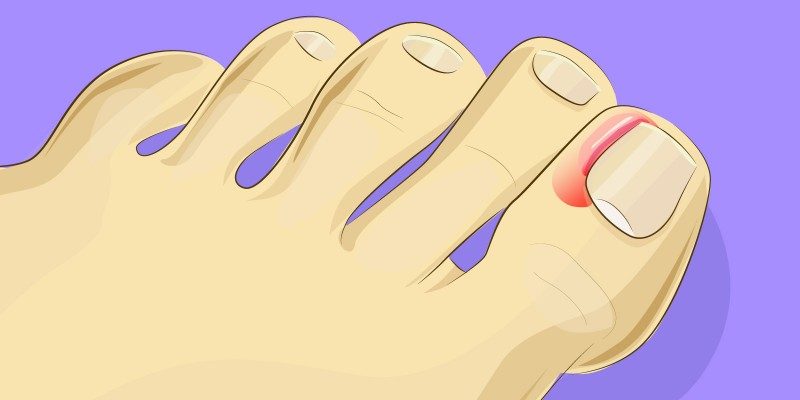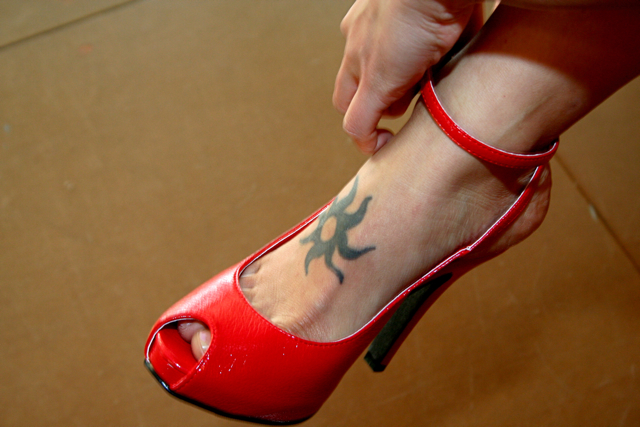
Anyone who has ever dealt with an ingrown toenail knows how unpleasant and painful they can quickly become. The medical term is Unguis incarnatus and if left untreated it can become more than just an annoyance.
Ingrown toenails won’t heal by themselves and if the affected area becomes infected, surgical intervention may be necessary. This is why you should act beforehand so that it doesn’t advance to this stage. But why do toenails even become ingrown in the first place?
First of all, it is important to know that any finger or toe can be affected. However, most often it is the big toe that is affected. While genetic factors can play a role, there are often other reasons that cause ingrown nails. These include the following:
Poorly fitting shoes
Shoes that are too tight or don’t fit properly can be quite a pain for toes. The edge of the nail can dig in underneath the skin, causing it to grow in the wrong direction.
Poor nail care
In contrast to fingernails, you should not cut your toenails in the shape of an oval but rather straight. Otherwise, they can get pushed under the skin and start to grow in.
Injuries
Injuries can also be a cause for ingrown toenails. If your nails get pressed under the skin after you accidentally stub your foot, the nail skin will close over the nail quickly and cause it to grow together poorly.
Diabetes
People with diabetes who get ingrown toenails on a regular basis should definitely discuss this with their doctor. Even small injuries can cause big problems. That’s why it is important to practice regular nail care and to be especially cautious. As people with diabetes often have less feeling in their feet, they should seek professional help on a regular basis.
How do you recognize an ingrown toenail?
“Fortunately” ingrown toenails are hard to ignore if another disease such as diabetes does not numb feeling in your foot. Ingrown toenails are characterized by the following traits:
- Pain in the nail bed
- The toe is red and swollen
- When the area is infected, pus and sometimes blood comes out
If you are experiencing these symptoms and you have an ingrown toenail, fortunately there are a few things that you can do provided it has not reached an advanced stage.
Treatment for ingrown toenails (NEXT PAGE)
CLICK THE ORANGE NEXT BUTTON BELOW TO CONTINUE READING … >

